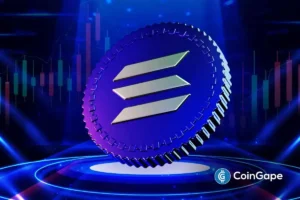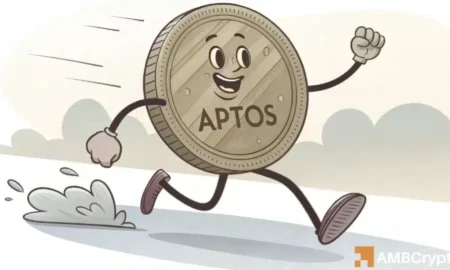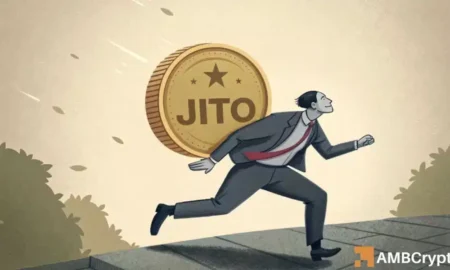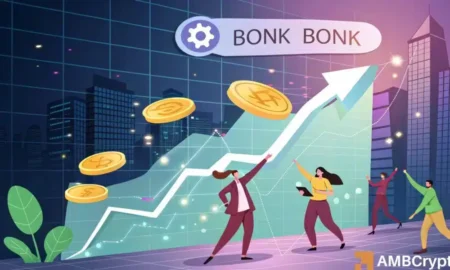Ripple Expands Multichain Integration with Wormhole Protocol
Ripple is advancing towards multichain interoperability through its recent collaboration with Wormhole, a leading cross-chain messaging protocol. This integration, recently announced, is significantly aligned with Ripple’s vision of offering seamless movement of digital assets across various blockchain networks, especially focusing on the XRP Ledger (XRPL) and its EVM-compatible sidechain. As institutional demand for efficient crypto transactions surges, this move is set to reduce the friction and fragmentation commonly associated with cross-chain asset transfers.
Enhancing Asset Mobility Across Blockchain Networks
With the implementation of Wormhole, Ripple users will be able to transfer XRP and other assets to over 35 supported chains, including major platforms like Ethereum, Solana, and Avalanche. This cross-chain capability opens new avenues for developers and institutions looking to build multichain applications. The integration will not only facilitate asset transfer but also enable cross-chain smart contract interactions through Wormhole’s messaging framework. As David Schwartz, CTO of Ripple, emphasized, "If you want real mass adoption, interoperability is essential." This not only underlines the significance of this partnership but also positions the XRP Ledger as a pivotal player in the evolving blockchain landscape.
Addressing Institutional Demand for Real-World Asset Tokenization
The developments come at a time when the XRP Ledger is establishing itself as a hub for institutional-grade solutions, particularly in the realm of tokenized real-world assets (RWAs). A notable example is the real estate tokenization platform launched in Dubai, which capitalizes on the XRPL’s capabilities, allowing qualified investors to buy fractional shares in properties. This highlights the potential of XRPL in tokenizing tangible assets and further enhances its attractiveness for institutional adoption. The introduction of Ripple USD (RLUSD), a regulated stablecoin with a supply of $400 million across XRP and Ethereum, reinforces Ripple’s commitment to compliance and market stability.
Building Multichain Applications for Improved Compliance
This integration is a pivotal step for developers and enterprises looking to create applications that prioritize compliance, low costs, and rapid settlement times. By providing a unified infrastructure across different blockchains, Ripple enables developers to innovate without the constraints of traditional systems. This facilitates the development of highly functional, user-friendly applications that can cater to an expanding array of financial services, including those required for enterprise-level operations.
Reinforcing Ripple’s Leadership in the Blockchain Sector
Ripple’s approach aligns with its long-term strategy of becoming an integral part of the financial ecosystem. As the blockchain industry continues to evolve and expand, the demand for interoperability grows more critical. By enhancing the capabilities of the XRP Ledger through multichain integration, Ripple not only addresses the immediate needs of asset movement but also secures a competitive edge in the rapidly changing blockchain arena. This strategic positioning empowers Ripple to attract a diverse range of clients, from financial institutions to developers and beyond.
Future Implications for the Blockchain Community
As Ripple embarks on this ambitious endeavor, it sets the stage for broader acceptance and implementation of blockchain technologies. The liquidity and efficiency introduced by Wormhole integration could potentially redefine asset management across industries. Developers are encouraged to leverage this opportunity to create versatile, innovative solutions that can influence diverse sectors, from finance to real estate, potentially paving the way for greater adoption of blockchain technology.
By offering a robust framework for cross-chain interactions and asset transfers, Ripple with Wormhole stands to significantly reshape how digital assets are managed in a multichain world. As the cryptocurrency market matures, the focus on interoperability will be crucial for achieving lasting impact and fostering trust in blockchain technology, ultimately driving forward the next wave of innovations in the digital asset space.

















